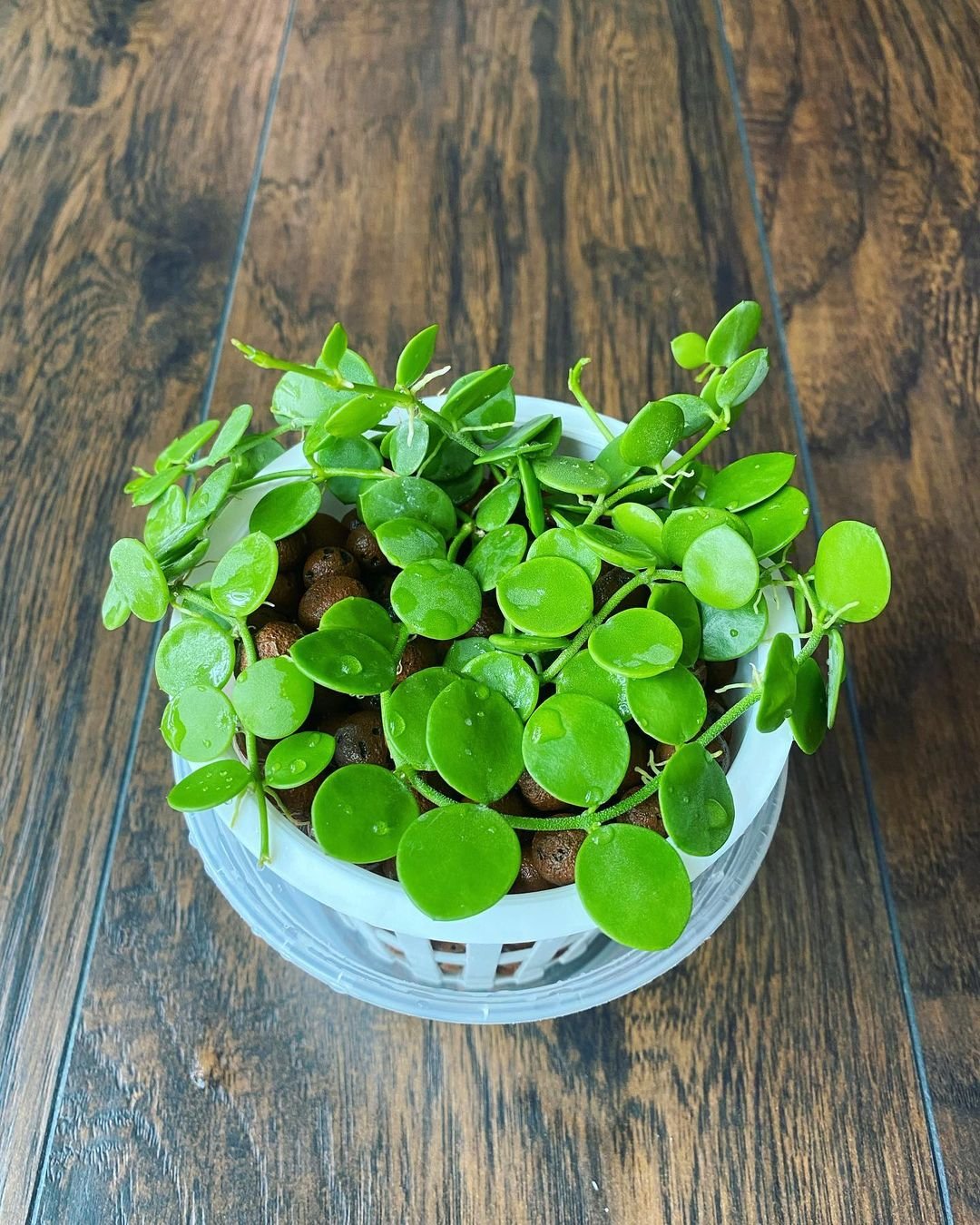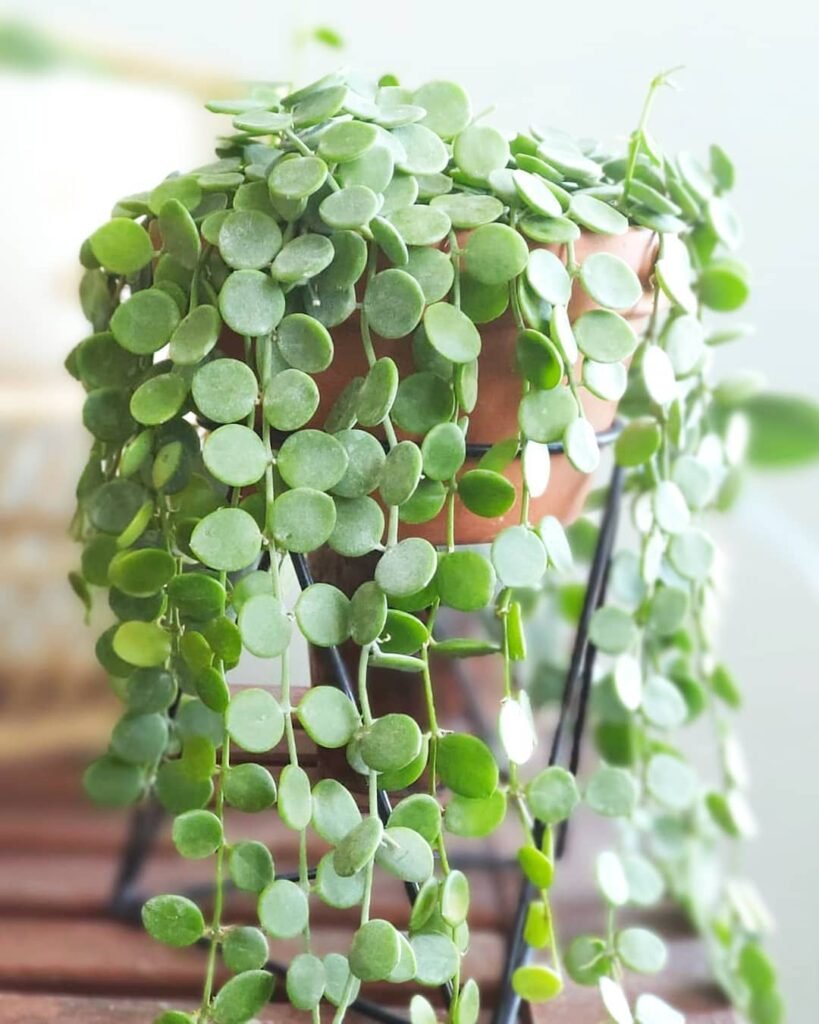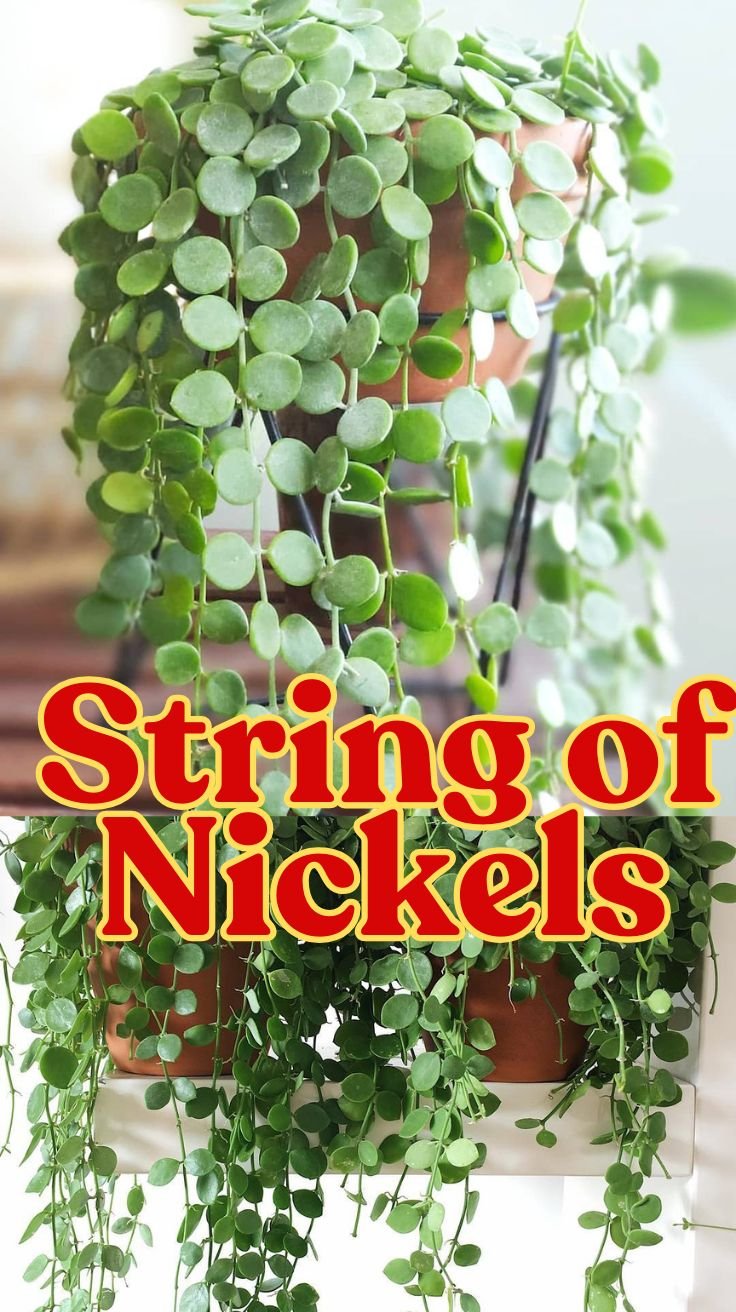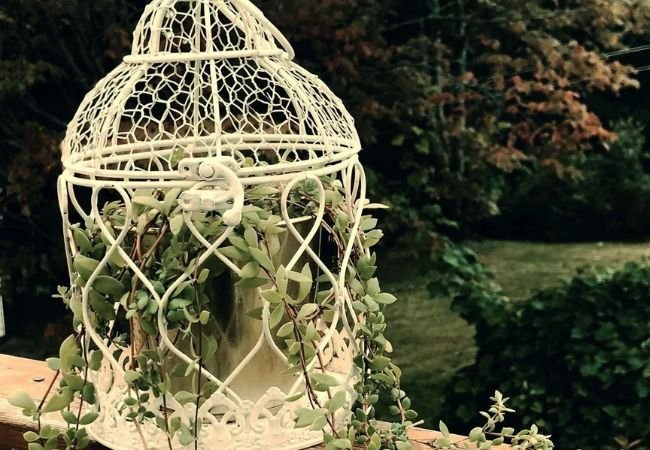Learn all about String of Nickels care, propagation, and more with this beginner-friendly guide. Keep your plant happy with these expert tips!

Hi there! I’m Ashley Scott, and with over 10 years of gardening experience, I’ve fallen in love with many plants—but few have stolen my heart like the String of Nickels. This quirky little succulent, with its coin-shaped leaves dangling like a living necklace, has become a star in my indoor garden. Whether you’re a newbie plant parent or a seasoned green thumb, I’m here to share everything I’ve learned about this beauty, from how to care for it to where you can snag one for yourself. Let’s dive into this comprehensive guide, optimized for all your burning questions about the String of Nickels—perfect for Google searches and voice assistants alike!
Here’s the information about String of Nickels (Dischidia nummularia):
| Aspect | Details |
|---|---|
| Botanical Name | Dischidia nummularia |
| Common Name | String of Nickels |
| Plant Type | Epiphytic, Trailing Vine |
| Hardiness Zone | Zones 10-12 (grown as a houseplant in cooler zones) |
| Sun Exposure | Bright, indirect light |
| Soil Type | Well-draining, orchid mix or epiphytic plant mix |
| Watering Needs | Moderate; water when the top inch of soil is dry, prefers high humidity |
| Growth Habit | Trailing, cascading |
| Height/Spread | Trails up to 2-3 feet long |
| Special Features | Round, coin-shaped leaves, epiphytic nature, ideal for hanging baskets or mounted on wood, attractive foliage, air-purifying |
Introduction to String of Nickels

Picture this: I’m strolling through a local nursery a few years back, and I spot this cascading plant with tiny, round leaves that look like shiny nickels strung together. I was hooked! Officially known as Dischidia nummularia, the String of Nickels is a trailing succulent that’s both charming and easy to grow. It’s no surprise it’s gained popularity among houseplant lovers in the USA—it’s low-maintenance, unique, and adds a playful vibe to any space.
In this guide, I’ll walk you through everything you need to know about String of Nickels care, propagation, and more. Whether you’re asking, “How do I keep this plant alive?” or “Is it safe for my pets?”—I’ve got you covered with practical tips and a sprinkle of my own plant-parenting stories.
Plant Basics

Before we get into the nitty-gritty, let’s start with the essentials about the String of Nickels.
- Scientific Name: Dischidia nummularia
- Family: Apocynaceae
- Native Habitat: Tropical forests of India, Southeast Asia, and Australia
- Growth Habit: Trailing vines that can stretch up to 3 meters (about 10 feet!)
- Leaf Description: Small, round, succulent leaves in a light green to silvery-gray shade
- Flower Description: Tiny white or yellow blooms (don’t expect them often indoors!)
This plant is an epiphyte, meaning it grows on other plants or trees in the wild, soaking up moisture and nutrients from the air. That’s why it’s happiest in a hanging basket or mounted display at home. Curious about its blooms? The String of Nickels flower is subtle but sweet when it shows up!
String of Nickels Care Guide
Caring for a String of Nickels is a breeze once you know its preferences. Here’s a detailed rundown to keep your plant thriving.
Light Requirements
The String of Nickels loves bright, indirect light. Think of its natural home under a tropical canopy—filtered sun is its sweet spot. I keep mine near an east-facing window where it gets soft morning rays.
- Quick Tip: If the leaves turn yellow or crispy, it’s getting too much sun. If the vines get stretched out and sparse, it needs more light.
Watering Needs
Watering this plant is all about balance. It likes to stay evenly moist but never soggy. I let the top inch of soil dry out before giving it a drink, and I always make sure my pot has drainage holes.
- Pro Tip: Not sure when to water? Stick your finger in the soil—if it’s dry, go for it; if it’s damp, wait a bit.
Temperature and Humidity
Being a tropical native, the String of Nickels prefers warm temperatures (60-80°F or 15-27°C) and moderate humidity. It’s not a fan of cold drafts, so keep it away from chilly windows in winter.
- Humidity Boost: My trick? I mist mine occasionally or set it near a humidifier when the air gets dry. Bathrooms are gold for this plant!
String of Nickels Soil
For the String of Nickels soil, think light and airy. I use a mix of orchid bark, perlite, and peat moss—perfect for an epiphyte. A succulent or cactus mix with extra perlite works too.
- Avoid: Heavy soils that hold water. Root rot is the enemy here!
Fertilization
During spring and summer, I feed my String of Nickels with a balanced, diluted liquid fertilizer (like 10-10-10) once a month. Come fall and winter, I let it rest—no fertilizer needed.
Pruning
Pruning isn’t a must, but I trim mine to keep it tidy or encourage bushier growth. Bonus: those clippings are perfect for String of Nickels propagation!
Repotting
This plant likes being a bit root-bound, so I repot every 2-3 years in spring. I go up just one pot size and refresh the soil to keep it happy.
Check out my succulent care guide on USA Garden Hub for more tips!
String of Nickels Propagation
Propagating a String of Nickels is one of my favorite plant projects—it’s easy and rewarding! Here’s how to do it.
Methods
You can propagate via stem cuttings or seeds, but trust me, how to propagate String of Nickels with cuttings is the way to go for home gardeners.
Step-by-Step Stem Cutting Guide
- Pick a Stem: Grab a healthy vine, 4-6 inches long, with a few leaves.
- Cut It: Snip just below a node with clean scissors.
- Dry It: Let the cut end callus over for 1-2 days.
- Plant It: Lay the cutting on a pot of moist sphagnum moss or succulent mix, pressing nodes into the soil.
- Water Sparingly: Keep it lightly moist and place it in bright, indirect light.
- Wait for Roots: In 2-3 weeks, you’ll see new growth—success!
- Best Time: Spring or summer, when the plant’s in growth mode.
Common Issues and Solutions
Even with great care, issues can pop up. Here’s what I’ve learned to fix them.
Pests
The String of Nickels is pretty tough, but mealybugs or spider mites might show up. I wipe them off with a damp cloth or use insecticidal soap.
Diseases
Root rot from overwatering is the biggie. If the stems get mushy, I cut away the bad parts and repot in fresh soil.
Environmental Problems
- String of Nickels leaves falling off? Check for drafts or overwatering.
- Yellowing? Too much sun or water—adjust accordingly.
Is String of Nickels Toxic to Cats or Dogs?
Pet parents, rejoice! The String of Nickels is non-toxic to cats and dogs, per the ASPCA. I still keep mine out of reach of my curious pup, just in case—she’s got a knack for nibbling!
- Safety Tip: Monitor pets after any plant munching, as sensitivities vary.
Where to Buy String of Nickels Plant
Finding a String of Nickels for sale can be a hunt—it’s not as common as a pothos. I’ve had luck at specialty nurseries or online via Etsy or plant swaps.
- What to Check: Look for plump, vibrant leaves—no wilting or pests!
- More Resources: Peek at my plant shopping guide on USA Garden Hub.
String of Nickels vs. String of Coins
Confused between String of Nickels vs. String of Coins? Here’s the scoop:
- String of Nickels (Dischidia nummularia): Round, silvery-green leaves.
- String of Coins (Peperomia ‘Pepperspot’): Smaller, oval leaves with reddish undersides.
I adore the metallic sheen of my String of Nickels—it’s got a vibe all its own!
Variegated String of Nickels
Ever heard of a variegated String of Nickels? It’s a rare twist with cream or yellow streaks on the leaves. I’ve yet to snag one, but they’re stunning if you can find them!
Conclusion
The String of Nickels is a gem—easy to care for, gorgeous, and perfect for adding some tropical flair indoors. With bright, indirect light, well-draining soil, and a little love, it’ll thrive in your home. I’ve loved watching mine spill over its pot, and I hope you’ll give it a try too!
Got questions or stories about your Dischidia String of Nickels? Drop them in the comments—I’d love to chat! For more plant inspo, visit USA Garden Hub. Happy growing!







One comment on “String of Nickels: A Complete Guide to Care, Propagation, and More”